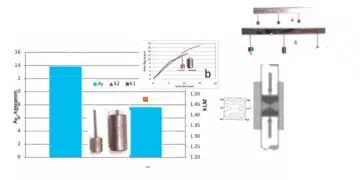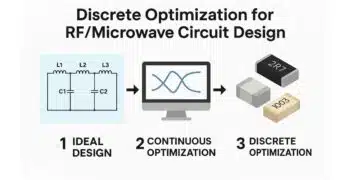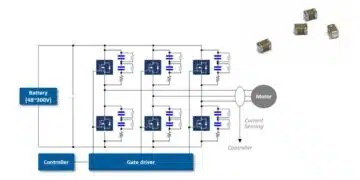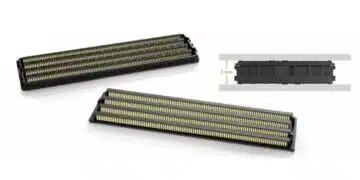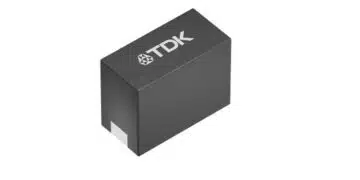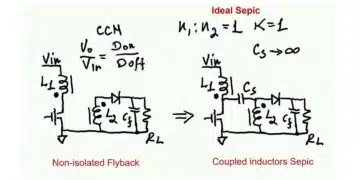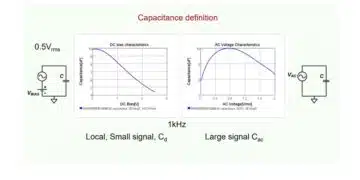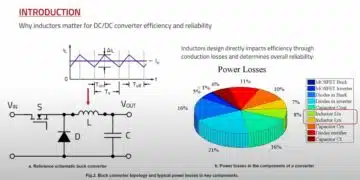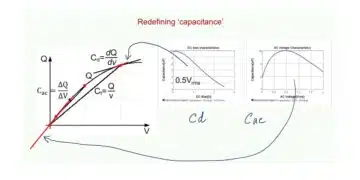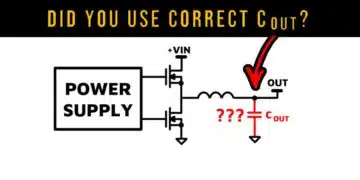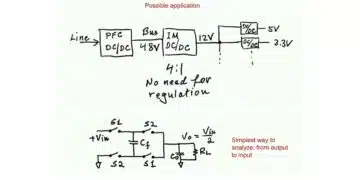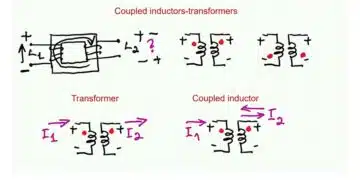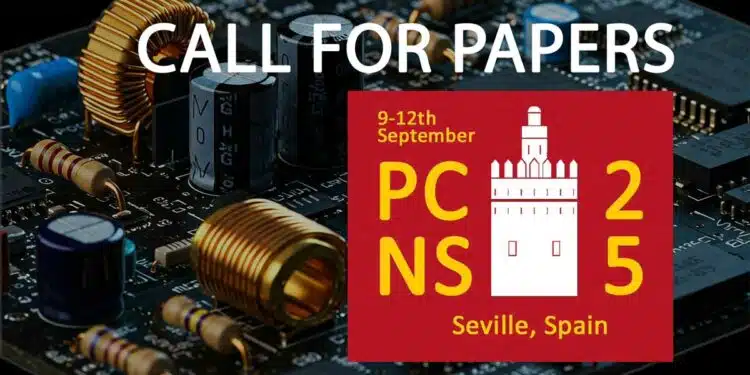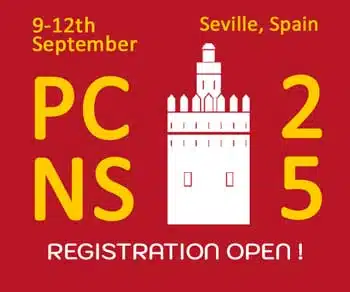The 5th bi-annual PCNS Passive Components Networking Symposium, dedicated to passive components, extends the call for paper abstracts to the 16th of April 2025 deadline. The event will be held from September 9th to 12th, 2025, in Sevilla, Spain, hosted by Universidad de Sevilla under partnership with Alter Technology.
PCNS Passive Components Networking Symposium is a bi-annual international symposium organized by EPCI European Passive Components Institute in co-operation with an European university. The 5th edition of the PCNS Passive Components Networking Days Symposium hosted by Escuela Técnica Superior de Ingeniería de Sevilla of Universidad de Sevilla, Spain in partnership with Alter Technology as a live event.
We are thrilled to invite all researchers and industry professionals to submit their paper abstracts for consideration by April 16th, 2025.
PCNS mission is to promote the discussion of recent developments and trends in the field of passive electronic components and to encourage the exchange of technical expertise and information covering a broad range of EEE passive components.
This symposium has earned a reputation for its focus on the latest advancements and innovations in passive components, and we eagerly anticipate another successful gathering this year.
As part of the conference program, all attendees of the 5th PCNS will have an opportunity to tour Alter Technology’s components testing facility, a partner of the conference.
Symposium Date: September 9th to 12th, 2025 (Tuesday to Friday)
Location: Escuela Técnica Superior de Ingeniería de Sevilla of Universidad de Sevilla, Spain
Call for Paper Abstracts: We welcome submissions addressing a wide range of topics related to passive components, including but not limited to:
- Advances in material supply chain and science for passive components
- Innovative passive component designs, processes and technologies
- Applications in modern electronic systems
- Reliability and failure analysis
- Environmental and sustainability considerations
Submission Guidelines: Abstracts should be written in English and not exceed 300 words.Please include the title of the paper, authors’ names, affiliations, and contact information.
Submit abstracts via our online submission portal:
Submission Deadline: April 16th, 2025
Accepted abstracts will be invited to provide full papers by June 9th, 2025, and present at the symposium. The full papers will be included in the official hard print proceedings and published on passive-components.eu blog after the symposium. This presents a unique chance to promote content related to passive components and interconnects by online platform and effectively reach a wide, relevant audience.
Selected scientific papers will be peer reviewed for publication by Scientific.net publisher after the conference.
STUDENT AWARDS!
PCNS Symposium is eligible for the EPCIA Student Award that grants all students – graduate and PhD candidates – with the possibility to attend the conference and present their thesis on passive components to an expert audience. The Award is initiated and granted by the European Passive Component Industry Association (EPCIA) – for more information see: https://www.eusemiconductors.eu/epcia/epcia-student-award
TOPICS
- MATERIALS & PROCESSES
- DESIGN & CONSTRUCTION
- MEASUREMENT & TEST
- QUALITY & RELIABILITY
- TECHNOLOGY & ROADMAPS
- APPLICATIONS
- NEW DEVELOPMENT
- MODELLING & SIMULATION
COMPONENTS
- CAPACITORS
- INDUCTORS & TRANSFORMERS
- RESISTORS
- FUSES
- FILTERS
- RF PASSIVES
- PASSIVE SENSORS
- INTERCONNECTION
- CRYSTALS & OSCILLATORS
For more details on the submission process, symposium agenda, and registration, please visit the conference webpage:
5th PCNS Conference Theme:
Passive Components in Harsh Environment
The theme revolves around all challenges associated with the development, research, new materials, design, characterization, or testing of passive electronic components, interconnects, or electro-mechanical components to ensure reliable operation or extended functionality in harsh environments, such as industrial, automotive, defense, or aerospace settings. The theme will be further explored in the conference workshop, hot topic panel discussion, keynote address, and paper selection process.



